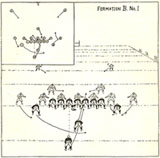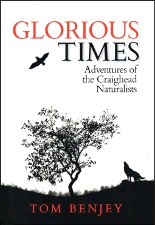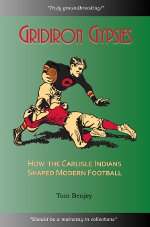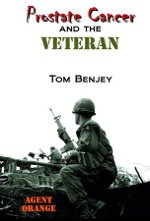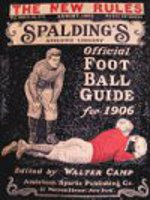Reader comments that prompted Tuesday’s blog and those that came afterward contained some interesting information regarding Pawnee customs. Not being Indian, I know nothing about the customs of the various tribes and nations other than what I happen to read about them. Some customs are relatively standard for a geographic area whereas others are unique to certain peoples. It appears that the Pawnee have many customs that are their own and differ from their historic neighbors.
I first learned a bit about Pawnee customs while researching Stacy Matlock. After his first wife died, he returned to Carlisle where he worked at the Indian school for a year. During that time he may have courted Blanche Bill, younger sister of his late wife, because they soon married and returned to Oklahoma. His student file found in the National Archives included this handwritten note: “Married Blanche Bill who was next in relative line when his wife died.” Stacy’s granddaughter, who was unaware of his first marriage, wrote a volunteer at the Pawnee County Historical Society that it was a Pawnee custom for a sister or brother to marry the widow or widower.
Frances Kotal, granddaughter of Rush Roberts, Jr., commented about another Pawnee custom—adoption of children by childless family members. Her grandfather’s daughter, Wynema, with his first wife, Sally, was adopted by his sister, Vivian and her husband, Walter Archambault, after Sally’s death. Alexandra Kay, one of Rush Jr.’s five children with his second wife, Gertrude, was adopted at an early age by Harold and Emma CurleyChief. Frances’s mother, Richenda Irene, remained with her parents and three other siblings.
These customs were very practical and helped solve problems that arose when parents died when their children were still young. One wonders if they are still practiced.

